- No products in the cart.
Furosemide 40mg tab 50 units Ozone
$0.73
Furosemide 40mg tab 50 units Ozone
SKU: 1910955067 Categories: Diuretics, Kidney and bladder, Medicaments Tags: furosemide, OZONE generics
Description
Composition
Active substance:
1 tablet contains: Furosemide 40 mg.
Product form:
Tablets of 40 mg. 10, 50 tablets in blisters of PVC film and aluminum foil printed patent. 10, 20, 30, 40, 50 or 100 tablets per plastic jars for medicaments. One jar or 1, 2, 3, 4, 5 or 10 contour cell packages together with instructions for use placed in a cardboard box (pack).
Contraindications
Hypersensitivity, acute renal failure with anuria (glomerular filtration rate value is less than 5.3 ml / min), severe hepatic failure, hepatic coma and precoma, stenoses of the urethra, acute glomerulonephritis, obstruction of urinary tract stone prekomatosnoe state, hyperglycemic coma, hyperuricemia, gout , decompensated mitral or aortic stenosis, GOKMP, elevated central venous pressure (above 10 mm Hg. v.), hypotension, acute myocardial infarction, pancreatitis, in ushenie water-electrolyte metabolism (hypovolemia, hyponatremia, hypokalemia, hypochloremia, hypocalcemia, hypomagnesemia), digitalis intoxication.
Dosage
40 mg
Indications
Edema syndrome in heart failure IIB – III article, liver cirrhosis, kidney disease (including nephrotic syndrome).; acute left ventricular failure (pulmonary edema), swelling with burns, hypertension.
Interaction with other drugs
Increasing the concentration and the risk of nephrotoxicity and ototoxicity action cephalosporins, aminoglycosides, chloramphenicol, ethacrynic acid, cisplatin, amphotericin B (due to competitive renal excretion). It increases the efficiency of diazoxide and theophylline reduces – hypoglycemic drugs, allopurinol. Reduces the renal clearance of drugs Li + and increases the likelihood of toxicity. It enhances the hypotensive effect of antihypertensive drugs, neuromuscular blockade induced by depolarizing muscle relaxants (suxamethonium) and reduces the effect of non-depolarizing muscle relaxants (tubocurarine). Pressor amines and furosemide mutually reduce efficiency. Drugs that block tubular secretion, increase the concentration of furosemide in serum. With simultaneous use of corticosteroids, amphotericin B increased risk of hypokalemia, cardiac glycoside with an increased risk of digitalis intoxication due hypokalemia (for high and low polarity cardiac glycosides) and elongation T1 / 2 (for low polarity). NSAIDs reduce sucralfate diuretic effect by inhibiting synthesis Pg, changes in the plasma concentrations of renin and aldosterone release. Reception of salicylates in large doses on a background of furosemide therapy increases the risk of manifestation of their toxicity (because of competitive renal excretion). B / administered furosemide has a slightly alkaline reaction, so it can not be mixed with the drug with pH less than 5.5.
Overdose
Lowering blood pressure, collapse, shock, hypovolemia, dehydration, hemoconcentration, arrhythmias (including AV block, ventricular fibrillation), acute renal failure with anuria, thrombosis, thromboembolism, drowsiness, confusion, flaccid paralysis, apathy. Treatment for correction of water-salt balance and CBS, volume replacement, symptomatic treatment. No specific antidote.
pharmachologic effect
Pharmacological group:
Diuretic.
Pharmacological properties:
“Loop” diuretics; It is fast approaching, strong and short diuresis. Penalized reabsorption of sodium and chloride ions in the proximal and distal sections of convoluted tubules and in the thick ascending part of Henle segment loops. Furosemide has a strong diuretic, natriuretic, hlorureticheskoe action. In addition, it increases the excretion of potassium ions, calcium and magnesium.
Pharmacodynamics:
“Loop” diuretics, is rapidly advancing, strong and short diuresis. It has natriuretic and hlorureticheskim effects, increases excretion of K +, Ca2 +, Mg2 +. Penetrating into the lumen tubule segment in thick ascending limb of Henle’s loop, blocks the reabsorption of Na + and Cl-. Due to the increase isolation Na + occurs secondary (indirect osmotically bound water) increased water excretion and increased secretion of K + in the distal tubule. At the same time increases the excretion of Ca2 + and Mg2 +. It has secondary effects due to the release of neurotransmitters and intrarenal redistribution intrarenal blood flow. Against the background of a course of treatment there is no weakening effect. When CH quickly reduces the preload on the heart by expanding the large veins. It has a hypotensive effect due to increase NaCl removal and reduction reactions on vascular smooth muscle and vasoconstrictor effects by reducing the BCC. The action of furosemide after / in the introduction occurs within 5-10 minutes after ingestion – 30-60 min, high action – after 1-2 hours, the duration of effect – 2-3 hours (with reduced renal function – up to 8 hours) . During the period of excretion of Na + significantly increases, but after its termination excretion rate decreases below the reference level (syndrome “rebound”, or “cancellation”). The phenomenon is caused by sharp activation of the renin-angiotensin et al. Antinatriuretic neurohumoral regulation units in response to massive diuresis, arginine stimulates the sympathetic system and vazopressivnuyu. It reduces the level of atrial natriuretic factor in plasma, causing vasoconstriction. Due to the phenomenon of “bounce” upon receipt of one time per day may not have a significant impact on the daily excretion of Na + and AD.
Pharmacokinetics:
Absorption – high, TCmax ingestion – 1-2 hours, at / in the introduction – 30 min. The other pharmacokinetic parameters at / in the introduction and ingestion coincide. Bioavailability – 60-70%. The relative volume distribution – 0.2 l / kg. Communication with plasma proteins – 98%. It crosses the placental barrier, excreted in breast milk. It is metabolized in the liver to form 4-chloro-5-sulfamoilantranilovoy acid. Secreted into the lumen of the renal tubules through existing in the proximal nephron anion transport system. T1 / 2 -. 0.5-1 hours is derived predominantly (88%) of the kidneys in unchanged form and as metabolites with the feces – 12%. Clearance – 1.5-3 ml / min / kg.
Conditions of supply of pharmacies
Prescription.
side effects
From the CCC decrease in blood pressure, orthostatic hypotension, collapse, tachycardia, arrhythmias, decreased CBV. Nervous system dizziness, headache, myasthenia, leg cramps (tetany), paresthesia, lethargy, weakness, weakness, lethargy, drowsiness, confusion. From the senses of sight and hearing disorders. From the digestive system decreased appetite, dry mouth, thirst, nausea, vomiting, constipation or diarrhea, cholestatic icterus, pancreatitis (exacerbation). With the genitourinary system oliguria, acute urinary retention (in patients with prostatic hypertrophy), interstitial nephritis, hematuria, reduced potency. Allergic reactions purpura, urticaria, exfoliative dermatitis, erythema multiforme, vasculitis, necrotizing vasculitis, cutaneous itching, chills, fever, photosensitivity, anaphylactic shock. From the side of hematopoiesis leukopenia, thrombocytopenia, agranulocytosis, aplastic anemia. From the water-electrolyte metabolism hypovolemia, dehydration (the risk of thrombosis and embolism), hypokalemia, hyponatremia, chloropenia, hypocalcemia, hypomagnesemia, metabolic alkalosis. Laboratory findings of hyperglycemia, hypercholesterolemia, hyperuricaemia, glycosuria, hypercalciuria. When on / in a (optional) – thrombophlebitis, kidney calcification in preterm infants.
special instructions
Against the background of the course of treatment is necessary to periodically monitor blood pressure, the concentration of electrolytes in plasma (including Na +, Ca2 +, K +, Mg2 +), CBS, residual nitrogen, creatinine, uric acid, hepatic function and perform corresponding treatment correction if necessary (with more magnification in patients with frequent vomiting and amid parenterally administered fluids). Patients with hypersensitivity to sulfonamides and sulfonylureas can be cross-sensitivity to furosemide. Patients receiving high doses of furosemide, to avoid the development of hyponatremia and metabolic alkalosis is impractical to restrict the consumption of salt. For the prevention of hypokalemia recommended that co-administration of drug and K + sparing diuretics (primarily spironolactone), and a diet rich in K +. Increased risk of violations of water-electrolyte balance observed in patients with renal insufficiency. Selection of dosing regimen in patients with ascites on the background of liver cirrhosis should be performed in a hospital (violation of water and electrolyte balance may lead to the development of hepatic coma). These patients shows regular monitoring of plasma electrolytes. When new or worsening azotemia and oliguria in patients with severe progressive renal disease is recommended to suspend treatment. Excreted in milk in lactating women, and therefore it is advisable to weaning. In patients with diabetes mellitus or impaired glucose tolerance require periodic monitoring of the concentration of glucose in the blood and urine. In patients in an unconscious state, with hypertrophy of the prostate, narrowing of the ureter or hydronephrosis necessary to monitor urine output due to the possibility of acute urinary retention. During treatment should avoid activities potentially hazardous activities that require increased attention and psychomotor speed reactions.
Carefully. Prostatic hyperplasia, SLE, hypoproteinemia (risk of ototoxicity), diabetes mellitus (impaired glucose tolerance), constrictive cerebral artery atherosclerosis, pregnancy (particularly the first half, is possible to use for health), lactation.
Dosing and Administration
The batch is individually, depending on indications, clinical situation, age of the patient. During treatment dosing regimen is adjusted in dependence on the magnitude diuretic response and dynamics of the patient. The drug is administered into the morning before meals and starting dose for adults is 20-40 mg (1/2 – 1 tab.). With insufficient exposure dose gradually increased to 80-160 mg per day (2-3 doses at intervals 6 hours). After reducing swelling drug is prescribed in smaller doses with an interval of 1-2 days. When hypertension administered 20-40 mg, in the absence of adequate BP reduction treatment is necessary to attach other antihypertensive drugs. When added to an already designated furosemide hypotensive drugs, their dosage must be reduced to 2 times. Initial single dose for children is 1-2 mg / kg, the maximum – 6 mg / kg.
Information
Appearance may differ from that depicted in the picture. There are contraindications. You need to read the manual or consult with a specialist
Additional information
| Weight | 0.100 kg |
|---|---|
| Manufacturer | OZONE generics |

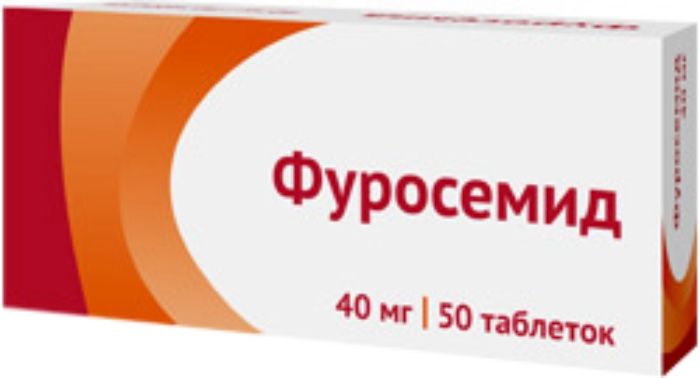
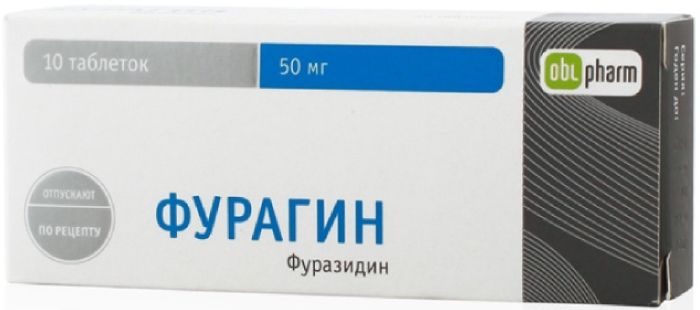
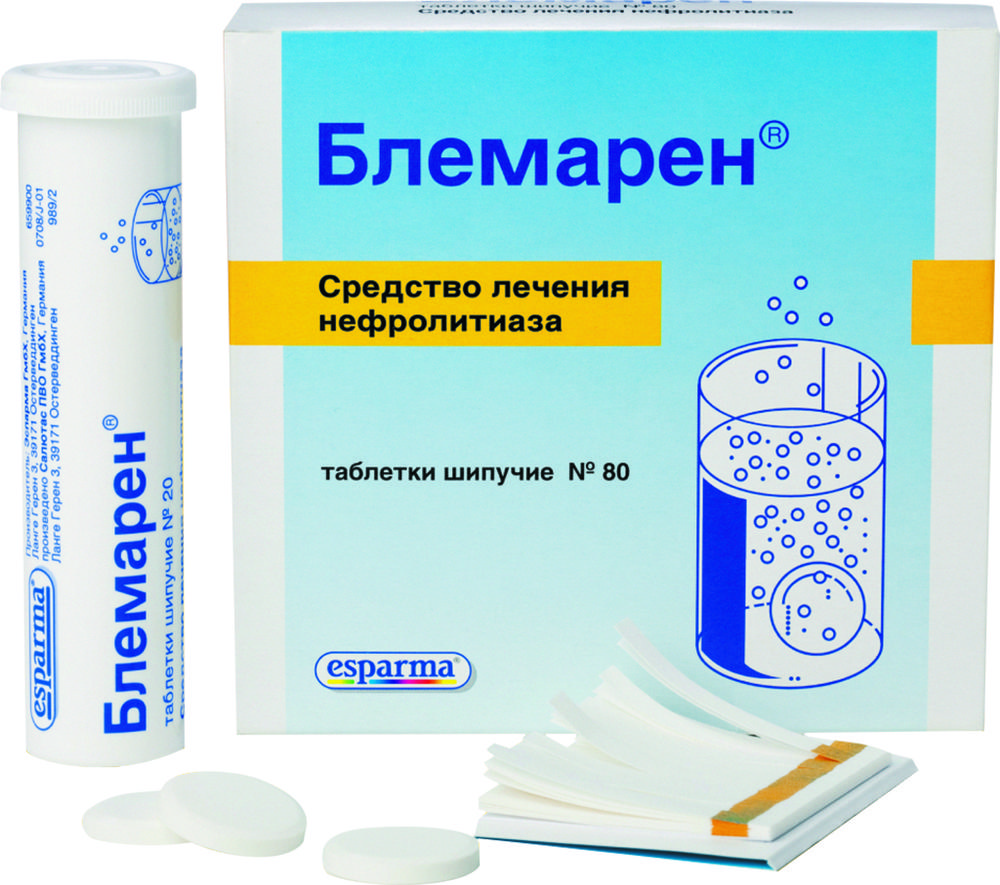

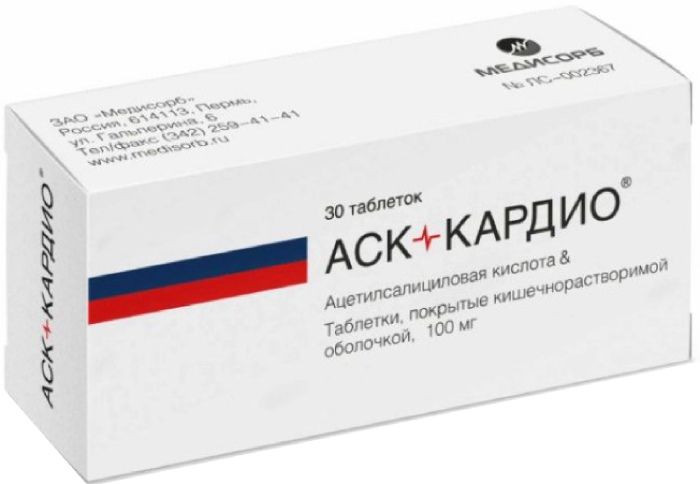

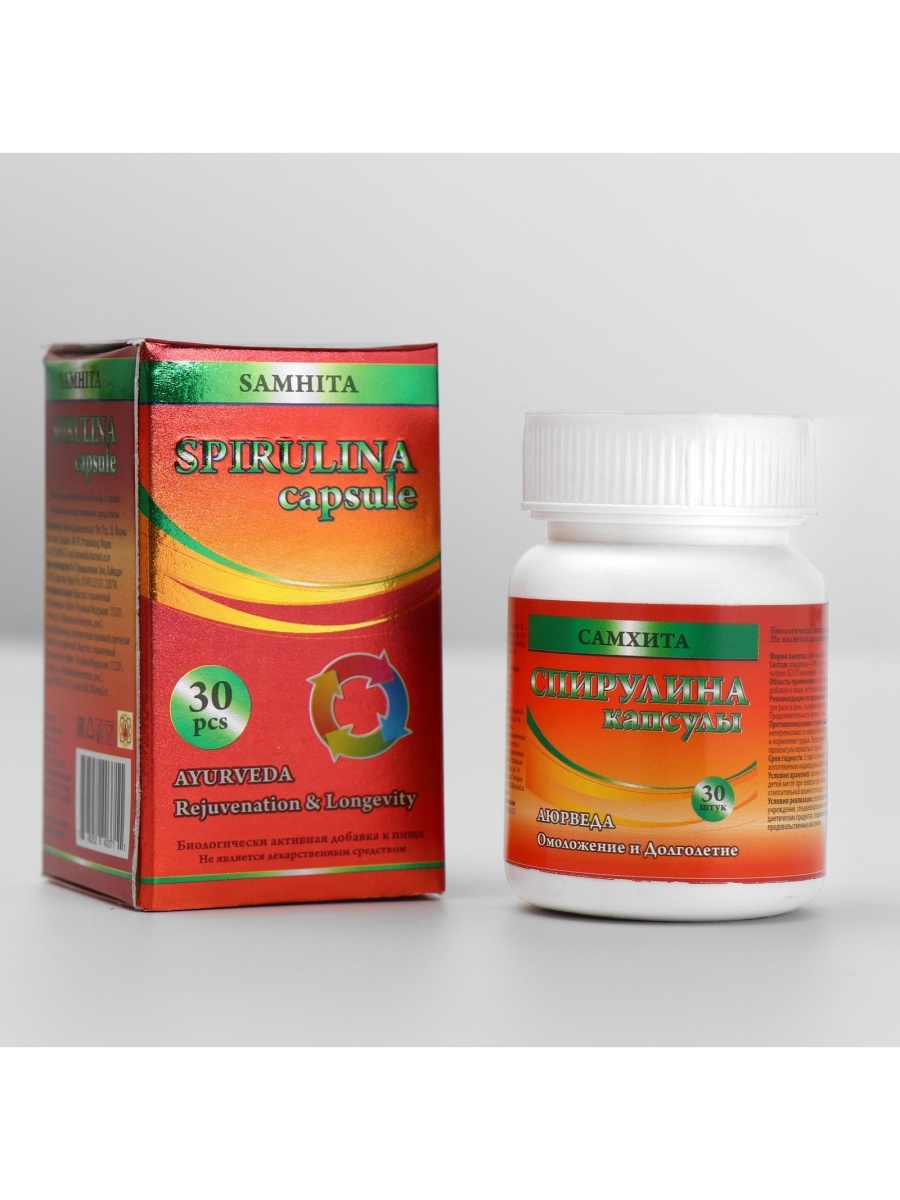
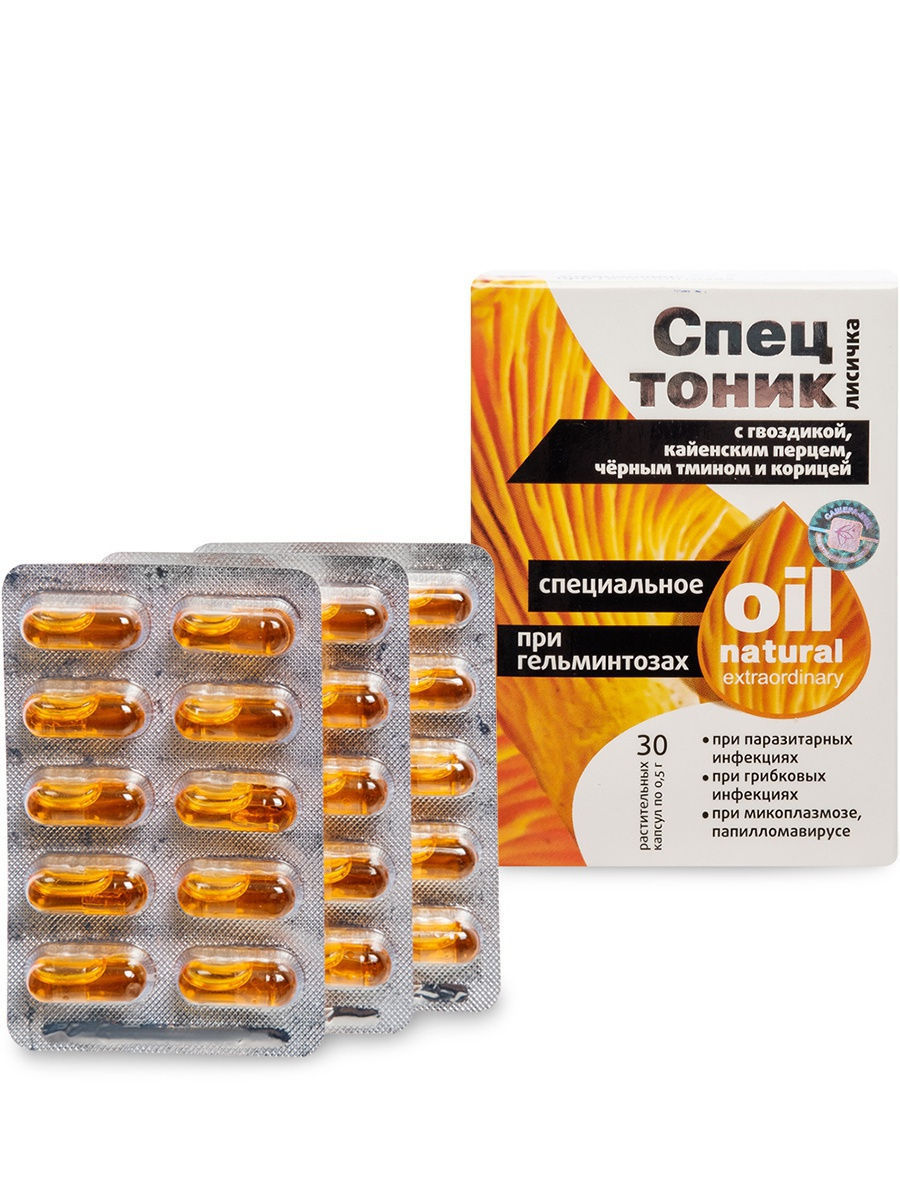
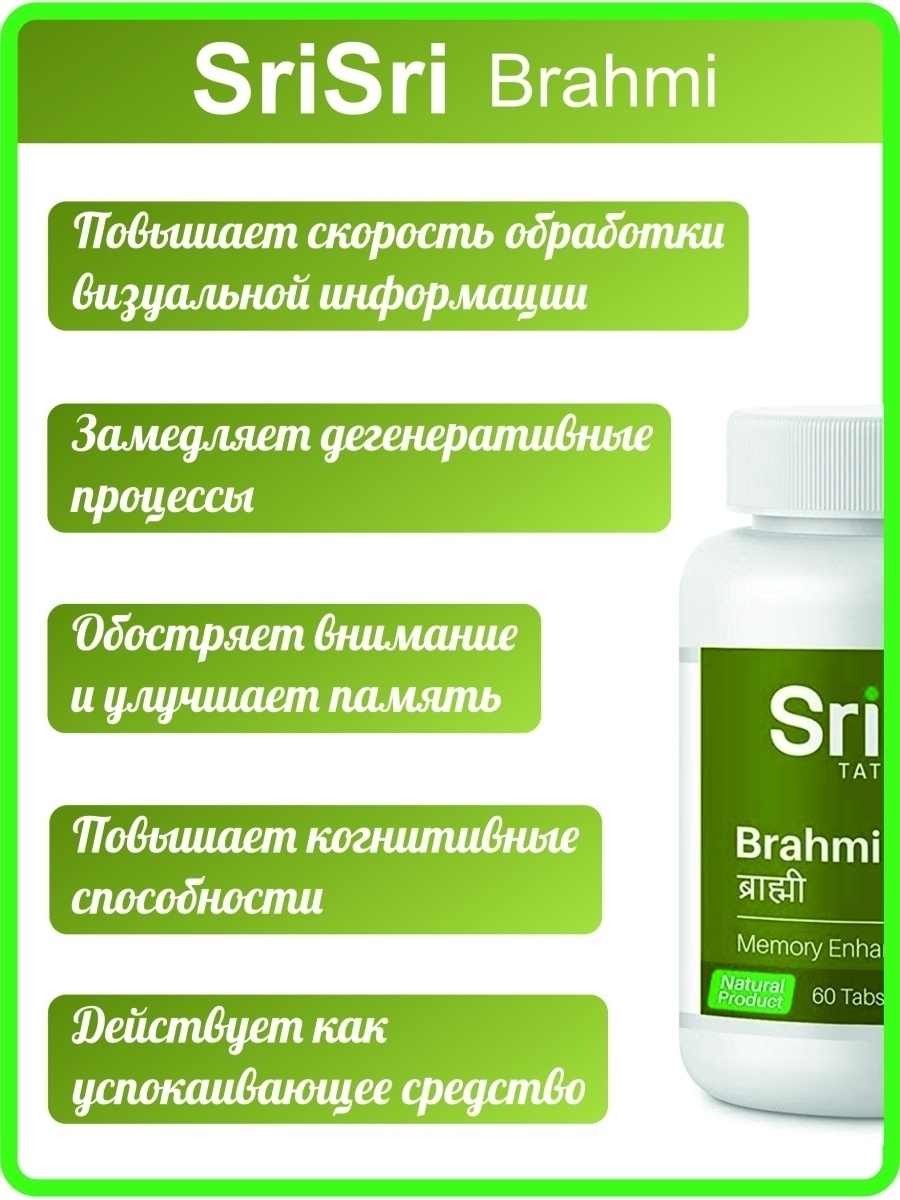




There are no reviews yet.